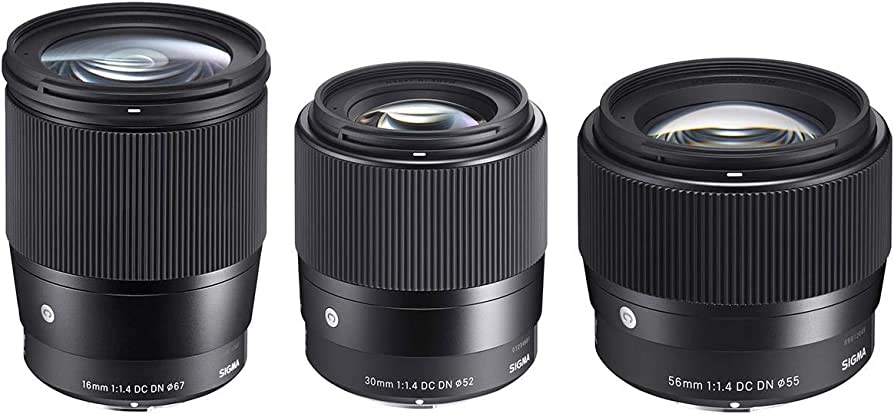Sigma, a renowned manufacturer of high-quality camera lenses, has recently announced that it will no longer be producing lenses for the Micro Four Thirds camera system. The decision comes as a result of declining demand for lenses compatible with this system.
The Micro Four Thirds system was first introduced in 2008 as a joint venture between Olympus and Panasonic. It quickly gained popularity among photographers, thanks to its compact size, interchangeable lens system, and relatively affordable price point. However, over the years, the popularity of the Micro Four Thirds system has waned, as larger sensor cameras have become more affordable and compact.
Sigma’s Decision Reflects Shifting Trends in the Camera and Lens Market
Sigma, which has been producing lenses for the Micro Four Thirds system for over a decade, has decided to discontinue this line of products. In a statement released by the company, Sigma cited the declining demand for Micro Four Thirds lenses as the reason for the decision. The company stated that it will instead focus on producing lenses for full-frame mirrorless cameras, which are experiencing growing demand.

The decision by Sigma to discontinue its Micro Four Thirds lens line is likely to disappoint some photographers who have invested in this system. However, it is important to note that there are still many other manufacturers producing lenses for the Micro Four Thirds system. Olympus, Panasonic, and third-party manufacturers such as Voigtlander and Samyang/Rokinon all offer a wide range of lenses for this camera system.
Moreover, the announcement by Sigma should not be interpreted as a sign of the demise of the Micro Four Thirds system. While it may not be as popular as it once was, it still offers many advantages over larger sensor cameras, such as portability, affordability, and a wide range of lenses.
In conclusion, Sigma’s decision to discontinue its Micro Four Thirds lens line is a reflection of the changing demands of the photography market. While it may be disappointing for some photographers, there are still many other options available for those who use this camera system. The Micro Four Thirds system continues to offer many advantages, and it is likely to remain a viable option for photographers for years to come.
Micro Four Thirds Users Face Limited Lens Options as Sigma Halts Production
It is worth noting that Sigma’s decision to focus on producing lenses for full-frame mirrorless cameras is in line with the growing popularity of this camera system. Full-frame mirrorless cameras have become increasingly popular among professional photographers and enthusiasts alike, thanks to their excellent image quality, advanced features, and compact form factor.
The move towards full-frame mirrorless cameras has also been fueled by advancements in technology, such as improved autofocus systems, high-resolution sensors, and faster processing speeds. These advancements have made full-frame mirrorless cameras a more attractive option for photographers who require high-quality images and advanced features in a compact form factor.
Sigma’s decision to discontinue its Micro Four Thirds lens line may also be a result of the increasing competition in the camera lens market. With more manufacturers entering the market and offering a wider range of lenses, it can be challenging for smaller manufacturers such as Sigma to compete and maintain profitability.
Despite the challenges, Sigma remains committed to producing high-quality lenses for photographers. In addition to its full-frame mirrorless lenses, the company also offers a wide range of lenses for DSLR cameras and other mirrorless camera systems.
Also, Check – CIMATICSTUDIO Best Cinematic Video Editing Software for Beginners
In conclusion, while Sigma’s decision to discontinue its Micro Four Thirds lens line may be disappointing for some photographers, it should not be seen as a sign of the demise of the Micro Four Thirds system. The system still offers many advantages, and there are still many other options available for those who use it. As technology continues to advance, it is likely that we will see more changes in the camera and lens market, and manufacturers such as Sigma will need to adapt and evolve to stay relevant.
